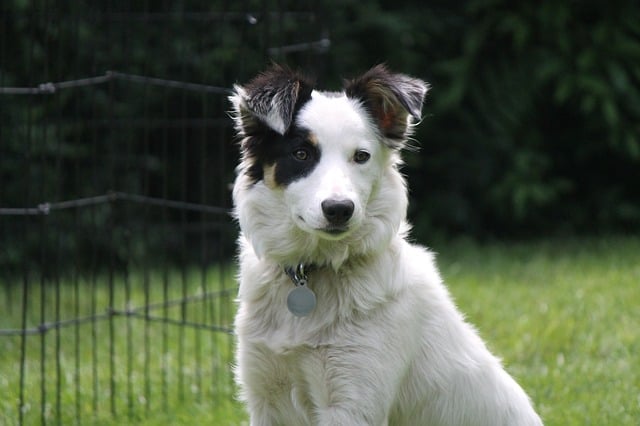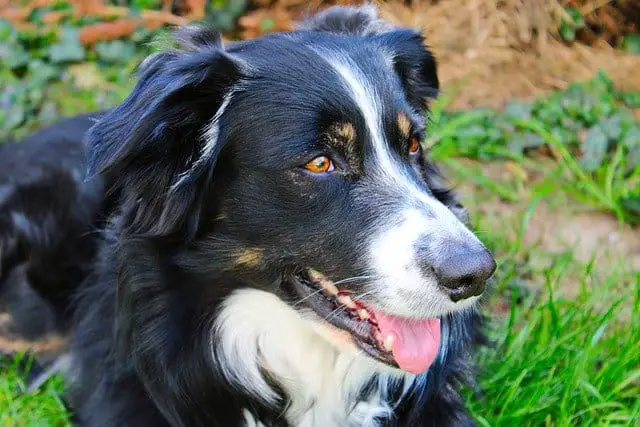
To begin with, it’s worth figuring out what therapy dogs are. Therapy dogs should not be confused with service dogs and guide dogs.
Therapy dogs can also be educated and trained, but their work is completely different from what service dogs do. It is the responsibility of therapy dogs to provide psychological or physiological assistance to individuals who are not their curators.
Certain breeds are used for these uses, breeds that have a stable temperament, friendly, and flexible character.
Typically, these dogs visit hospitals, schools, hospices, nursing homes, and various other institutions. Unlike guide dogs, therapy dogs can help a small group of people at one time.
Therapy dogs also visit kindergartens and rehabilitation centers. The roles of these dogs range from helping children with disabilities learn to read with confidence, to dogs that are actively involved in physical therapy. In some cases, a therapy dog may only work in one institution, such as a psychiatric hospital.
What is Canis therapy?
Canistherapy is a type of treatment and rehabilitation using specially trained dogs. Canistherapy can be used as a psychotherapeutic method that contributes to the development of mental and emotional abilities, improvement of motor functions, and motor skills.
This method is also used to enhance the effectiveness of personality development during the rehabilitation and social adaptation of children with developmental disabilities.
These dogs have some special qualities:
- The ability to express their experiences with actions, sounds, and facial expressions.
- The ability to learn verbal commands and willingly obey them.
This makes it possible to effectively use these dogs in the rehabilitation of patients with developmental features, impaired motor skills, and motor activity.
Tactile interaction with the therapy dog plays a very important role in this therapy. Stroking and even simply touching the dog is very helpful and calming for patients.
For this work, dogs are selected with a certain type of psyche, a stable nervous system, and a desire to interact.
All dogs that become therapy dogs undergo special training and testing before starting work.
Which dog breeds are suitable for therapy?
Dogs of absolutely any breed including mongrel dogs are suitable for Canis therapy. Statistics from Therapy Dog International, which has been testing therapy dogs since 1974, show us that there is no dominance of any breed as a therapy dog.
All dogs are tested according to special behavioural tests.
- For the absence of an aggressive reaction to humans and other dogs.
- For the lack of fear to loud sounds and non-standard objects.
After passing these tests, the dogs undergo training which ends with the passing of an exam and obtaining the certificate “dog – a means of rehabilitation”.
The therapy dog is not a breed, but a training standard.
Smaller dogs are used more frequently with adults, elderly and bedridden patients. Large to medium-sized dog breeds are best used for working with children and adolescents.
The choice of the size and breed of the therapy dog is determined by the rehabilitation strategy, and not by the personal preferences of the specialist.
For children with psychological disabilities or disabilities, northern sledge dogs such as huskies, malamutes and Samoyeds are often used.
Dogs of these breeds are distinguished by a special benevolent attitude towards people and especially towards children.
There are also dog breeds that are not suitable for therapeutic work. Poodles, Toy Terriers, Chihuahuas, and some other dog breeds are included in this category.
Due to the peculiarities of the psyche, they quickly get tired and refuse to work. The congenital weakness of their psyche does not allow the use of these breeds without causing harm to themselves.
Border Collie breed as a companion and therapy dog.
The Border Collie breed is an excellent companion for a person of any age, for a single owner, or a large family with several children.
These dogs are highly intelligent and can be trained in a wide variety of commands. They are very fond of children and, in principle, are very friendly to everyone.
You can safely leave children with this dog at home and be sure that the animal is extremely unlikely to show the slightest aggression and in some cases could even protect and try to protect your child from careless actions.
The Border Collie breed is very devoted to their family, they see the meaning of their existence in making the owners happy. This is expressed in absolutely everything they do.

whatever is required of the dog, she will do everything in her power to meet the requirements. Of course, the owner should understand the limits of his dog’s capabilities.
The Border Collie breed is a Scottish herding dog, so the shepherd’s instincts are in their blood. It is for this reason that a dog can keep an eye on several children who are near it without adults.
She rates them as being under her personal responsibility. Concerning other dogs, the Border Collie either remains neutral or tries to make friends.
This breed is generally very friendly and open, sociable and kind. They are not very suitable for protecting a house, because they are not peculiar to attacking a person.
They are extremely neutral towards strangers, but they will willingly play with already acquaintances. Border Collie dogs have a fairly high energy level and need daily walks, physical activity, and mental exercise. They are very flexible and adaptable dogs.
Conclusion
Almost any dog can become a therapy dog, whether it is purebred or not, it makes no big or small difference, it all depends on the nature of your dog. If it is easy to train, willingly fulfills commands, is particularly friendly and agreeable, then, of course, your dog can become a therapy dog.
Therapy dogs can be trained by anyone, but they must meet established standards to be certified and actively participate in therapies. Dogs are usually treated by their owners, but in some cases, a specially trained person may also be involved in therapy with therapy dogs.


